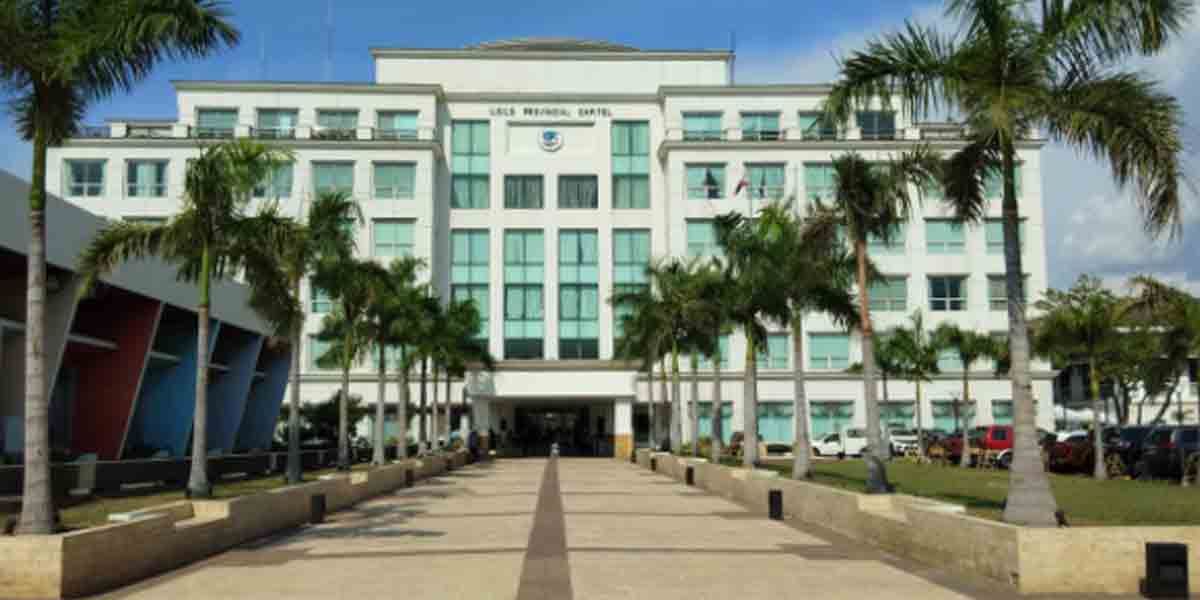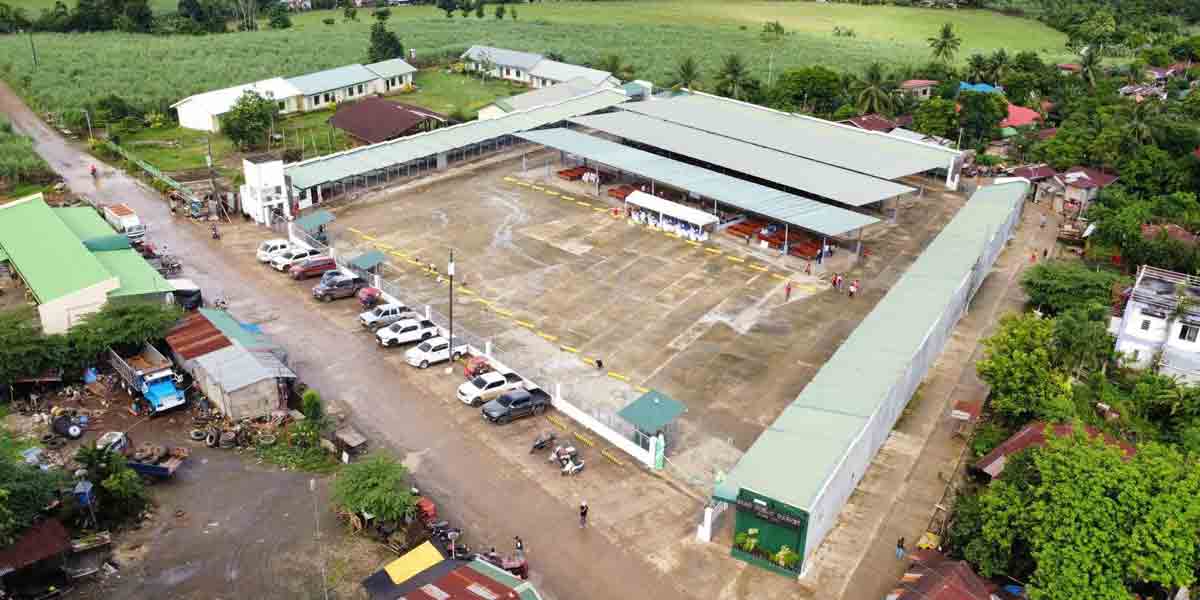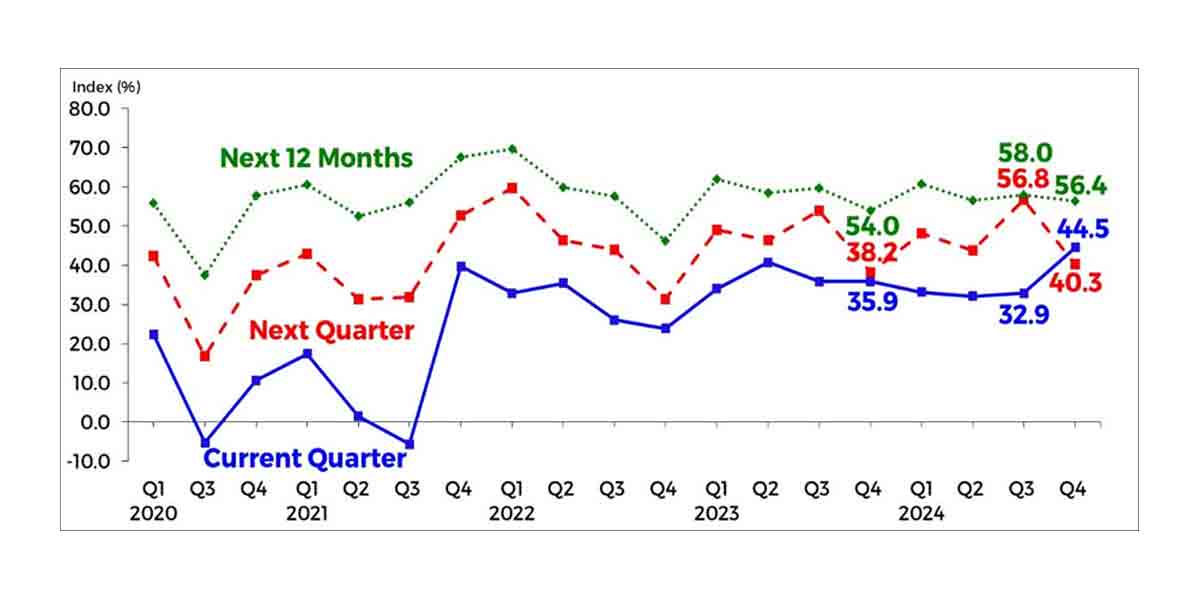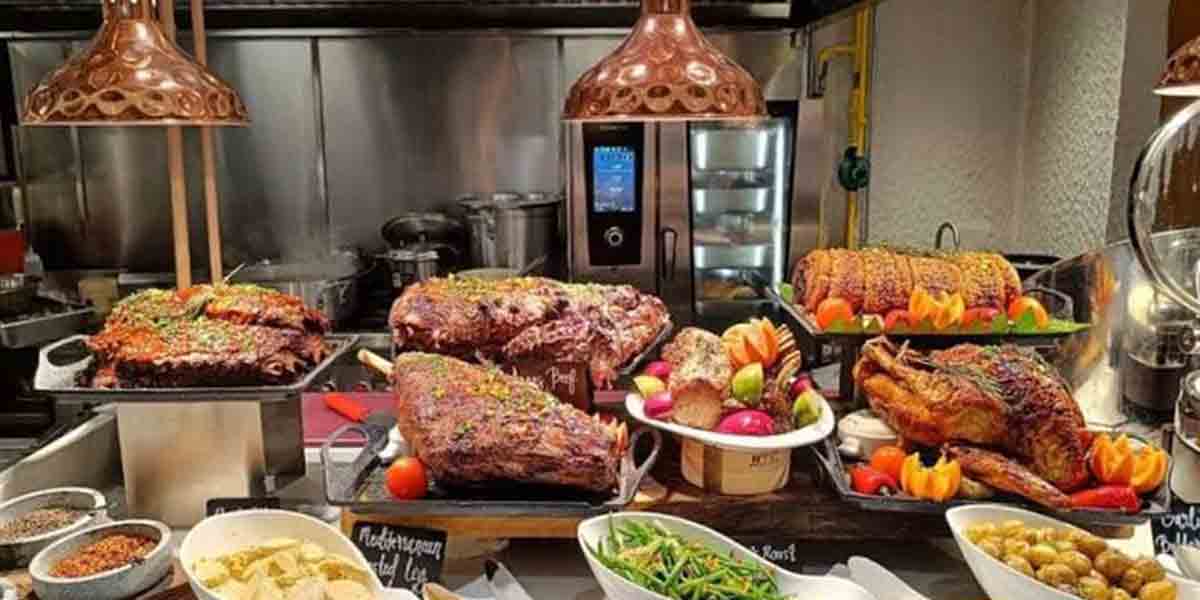 By: Modesto P. Sa-onoy
By: Modesto P. Sa-onoy
The month of December 1898 was busy for the euphoric Negros revolutionary leaders. A month earlier they won the revolution with a few casualties and due to delayed communications from Iloilo about reinforcements, the Spanish government surrendered.
Believing in their own strength, the revolutionary leaders decided to detach their province from the rest of the country that was still either under Spanish rule or fighting the colonial government. The Negros leaders had established their independent state, boasted their successful revolt to the Aguinaldo government, and courted international recognition but failed. Some local leaders confiscated Church lands and declared them for public use. To this date, many of these real estate properties are still in the hands of local governments.
The history of Negros was a busy one during the first six months after the revolt. In December the leaders of Oriental Negros that had already occupied Dumaguete after the Spanish government abandoned the town, rejoined their occidental counterparts to establish a new government for the entire island. The two sides of Negros were separated into two provinces in 1890.
But there was a problem that they could not influence – the Peace Conference in Paris between the United States and Spain. This conference ended on December 30, 1898 with Spain ceding the Philippines to the United States after paying compensation of $20 million. This compensation was for government structures and facilities that Spain cannot bring out like bridges and buildings.
The fear was well-founded. No Filipino was invited to join the conference. There was an effort to participate but the Filipino representatives were persona non grata – they had no juridical personality. The government of Emilio Aguinaldo was not recognized by any of the world’s governments.
The Negros leaders feared that the Paris conference might allow Spain to retain the Visayas and Mindanao and be content with giving up Luzon. In that event the Negros revolutionary government will have to fight the Spanish government again and this time with the assistance of the United States.
Fearing this possibility, the Negros leaders sent a delegation to the commander of the American naval squadron anchored in Iloilo Bay and offered a hand of friendship with a view of placing the new Negros government under American protection.The American commander received them cordially and their letter proposal but that was it – no commitment.
There was relief after the Paris Peace conference ended with the Philippines becoming an American colony. The Negros leaders welcome the conference result for a good reason.
Since the opening of the Iloilo port to international trading in 1850, the progress of Negrosleaped beyond expectations. From an estimated 3,000 bags of sugar, Occidental Negros alone exported over a million bags by 1896, mostly to Europe with some to Japan and the United States. Sugar traders from many nations were buying Negros sugar. Wealth and exponential growth in human resources described the Negros economy. Farmworkers and petty businessmen came and spread out into the countryside and created more opportunities.
Of course, this expansion had a price to pay – displacements of original settlers and the rise of discontent that the Negros leaders had to contend because they had no means of fighting the aggressive forces of Papa Isio. To obviate this possibility, the Negros leaders recruited and got the support of Papa Isio for the November 5 uprising. In return, they gave him the post of military chief of La Castellana, to the chagrin of the local elites.
Papa Isio was one of the main reasons for the Negros leaders’ effort to get the Americans on their side. The Spanish guardia civil and casadores at least held the Papa Isio forces at bay. They knew that the political, religious and economic ideology that Isio preached was diametrically opposed to their interests. The appointment of Papa Isio was a temporary measure.
The Negros leaders assessed their situation right, but they also precipitated the revulsion of Papa Isio against them when they sought help and eventually invited the Americans to their shores when the Philippine-American war erupted in February 1899.
Aside from this fear of Papa Isio, the Negros leaders’ desire to place their newly independent province under American rule was prompted by economic interest – their sugar market that they sought to secure after they lost their export to Europe.
We’ll continue next week.





















